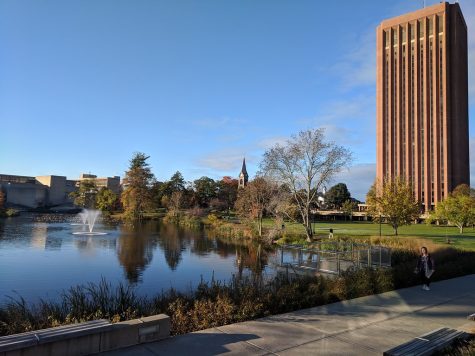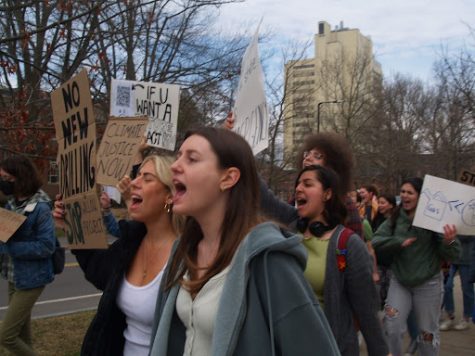Did political scientists fail us?
How denying their own findings did the American electorate a disservice
Donald Trump’s victory over Hillary Clinton in the 2016 presidential election is widely considered to be one of the most shocking and unprecedented political upsets in history. Nearly every major news network and armchair analyst predicted a comfortable Clinton win — a win that would never come.
The Associated Press forecasted a comfortable Democrat victory, with Clinton winning the presidency by a delegate count of 274 to 190.
Some pundits were overwhelmingly confident in Clinton’s chances. Political analyst Larry Sabato infamously proclaimed on CNN that Clinton would earn 352 electoral votes—a whopping 82 more than the required threshold of 270.
Even Fox news, a traditionally conservative network, foresaw a Trump defeat. On Nov. 7, Fox predicted a narrow Clinton victory.
Major networks such as ABC, NBC, NPR, and CNN all incorrectly projected a Clinton victory. While there is something to be said of this overwhelming failure by the media to foresee Trump’s upset win, it is also worth noting that these models are based on unreliable data such as public opinion polls.
More importantly, it is not the job of the media to predict elections. That is the job of political scientists.
While nearly everyone and their Facebook friends failed to predict a Trump victory, many political scientists accurately predicted this shocking outcome. The problem is that they widely rejected their own findings.
The clearest example of this stunning phenomenon is political scientist Alan Abramowitz, a columnist for Sabato’s Crystal Ball.
Abramowitz’s “Time For Change” model is more accurate than those used by Gallup and the media. The Abramowitz model is based on three predicting factors. It weighs the approval rate of the current president, the growth of the gross domestic product (GDP) during the second quarter of the election year and whether the incumbent party (in this case the Democrats) have held the White House for one or two terms.
The model rewards high approval ratings and GDP growth for the incumbent party, and holding the White House for only one term is a substantial advantage over holding it for two.
The model predicted a razor-thin Republican victory, and Abramowitz immediately rejected his finding.
Abramowitz writes, “it appears very likely that the Republican vote share will fall several points below what would be expected if the GOP had nominated a mainstream candidate and that candidate had run a reasonably competent campaign. Therefore, despite the prediction of the Time for Change model, Clinton should probably be considered a strong favorite to win the 2016 presidential election as suggested by the results of recent national and state polls.”
In fairness, many political scientists predicted a Trump victory and stood by their predictions. But Abramowitz is far from the only social scientist who projected a Trump victory and rejected the result. Yale economics professor Ray Fair accurately predicted the outcome, only to qualify the result with a dose of skepticism.
“It may be that people who would otherwise vote for the Republicans because of the sluggish economy and a desire for change will vote for the Democrats because of Donald Trump’s characteristics that they don’t like,” Fair wrote of his prediction.
Abramowitz, Fair and every social scientist that stubbornly rejected their predictions did a disservice to the American electorate. The ignorance of our nation’s brightest thinkers helped to propagate the myth that a Trump presidency was impossible. It is that very attitude that likely caused many undecided voters to stay home because their vote didn’t matter while galvanizing Trump’s ever-defensive support base.
Many blame the media for promoting this myth, but this line of thinking pervaded our universities, our research centers and the minds of our foremost social scientists. While there is plenty of blame (or credit, depending on your partisan leanings) to go around, American social scientists have to begin to trust the numbers. In Trump’s America, nothing is impossible.
Email John at [email protected] or follow him on Twitter @JohnDCoakley.











